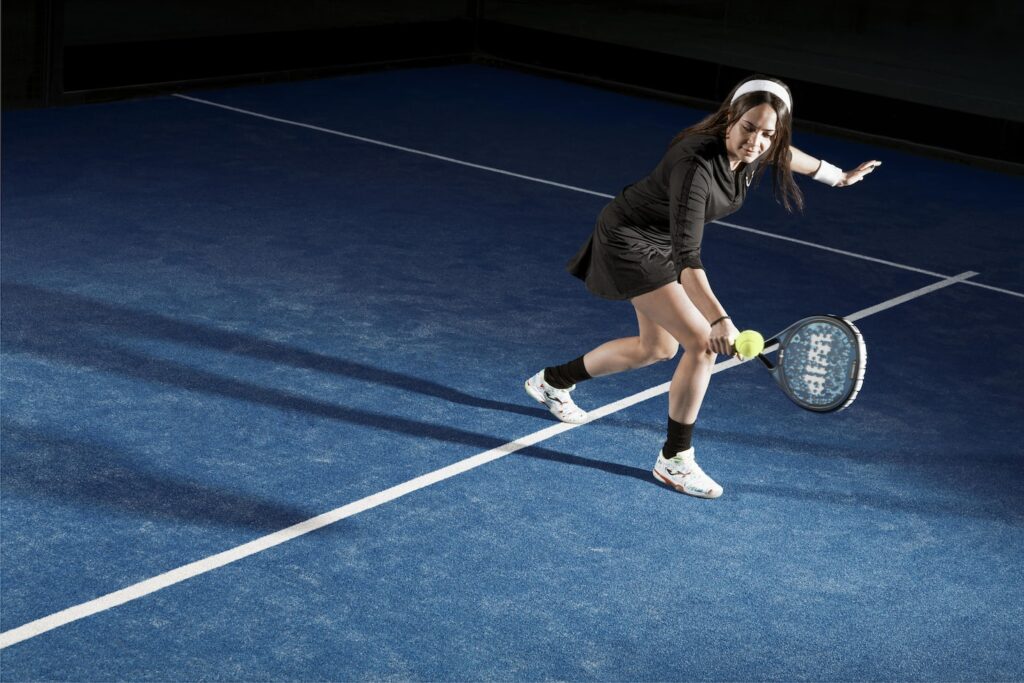Ace Your Game: Learn How to Repair a Damaged Padel Racket Like a Pro!
2 min read
Ace Your Game: Learn How to Repair a Damaged Padel Racket Like a Pro!
As a padel player, there’s nothing more frustrating than having a damaged racket. It can negatively impact your game, making it harder to serve, lob, or hit the ball with precision. But fear not! With a bit of elbow grease and following these simple steps, you can repair your damaged padel racket like a pro.
Step 1: Assess the Damage
The first step is to assess the damage. Take a close look at the racket and identify the location and extent of the damage. The most common types of damage you’ll come across include scratches, cracks, and dents on the racket’s frame.
Step 2: Clean the Racket
Once you’ve identified the damage, it’s time to clean the racket. Use a damp cloth to wipe away any dirt or debris on the surface of the racket. Make sure it’s completely dry before continuing with the next step.
Step 3: Repair the Damage
For minor scratches, you can use a commercial scratch remover to buff out the damage. For dents and cracks, you’ll need to use a fiberglass repair kit. Follow the instructions on the kit carefully, and be sure to work in a well-ventilated area.
Step 4: Sand and Paint
After the repair is complete, it’s time to sand and paint the affected area. Use a fine-grit sandpaper to smooth out any rough parts and then apply the paint. Be sure to use a paint that matches the racket’s original color, and apply several thin coats to ensure even coverage.
Step 5: Re-grip the Racket
Once the paint has dried, it’s time to re-grip the racket. Remove the old grip and wrap the new one tightly around the handle, starting at the bottom and working your way up. Once you’ve reached the top, cut off the excess grip and secure it in place with the adhesive.
Step 6: Test the Racket
Finally, it’s time to test the racket. Take it out to the court and hit some balls to see how it feels. If it still isn’t quite right, adjust the tension or weight of your strings until you find the sweet spot.
Conclusion
As you can see, repairing a damaged padel racket is not as daunting as it may seem. With a bit of patience and some elbow grease, you can have your racket back in top shape in no time. By following these simple steps, you’ll be able to keep playing your best game and impressing your opponents. So next time your racket gets damaged, don’t panic – you’ll know just what to do.







